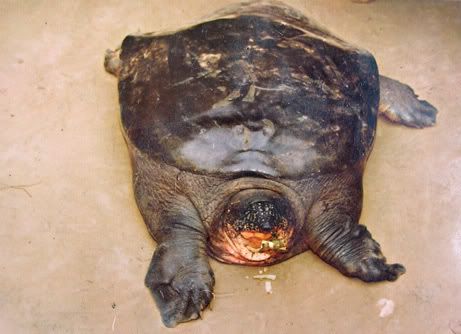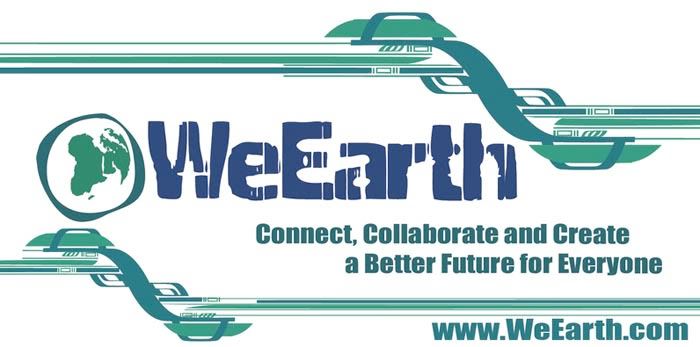In April, the first entirely eco-friendly childcare center opened in Atlanta. FIO360 is green from the building itself to the toys and resources used within.
Founder Crissy Klaus named the center after the Latin root word FIO, meaning “to become.” Then she took it to the next level, building her center on the site of a former hazardous waste plant and making it green.
Visitors to the building where blue bootie shoe coverings to ensure that no chemicals are tracked in to the place.
The Atlanta center has no PVC plastic products, only natural and organic toys, floors that emit radiant heat and environmentally friendly cleaning products and naptime is on custom-made organic mattresses free of formaldehyde and other chemicals. They even have an in-house organic chef using hormone free and organic foods to prepare meals. The building was not officially LEED certified, but the owners claim that they surpassed the government’s LEED standards for green building.
Kids start the day with an affirmation, take yoga lessons and recycling classes, and then round out the afternoon with a massage to help them sleep.
Although the Atlanta owners claim to be the first “eco-early care” center, The Oregon Environmental Council put together an Eco-Healthy Childcare program encouraging centers to take measures like buying only nontoxic art supplies, restricting aerosol sprays and chlorine bleach, and no wall-to-wall carpeting to address parents rising concerns about the environment and the health of their children. And in New York, Creative Environment Day Care has courses that teach the center’s 120 children about their role in the environment and their interaction with different ecosystems.








